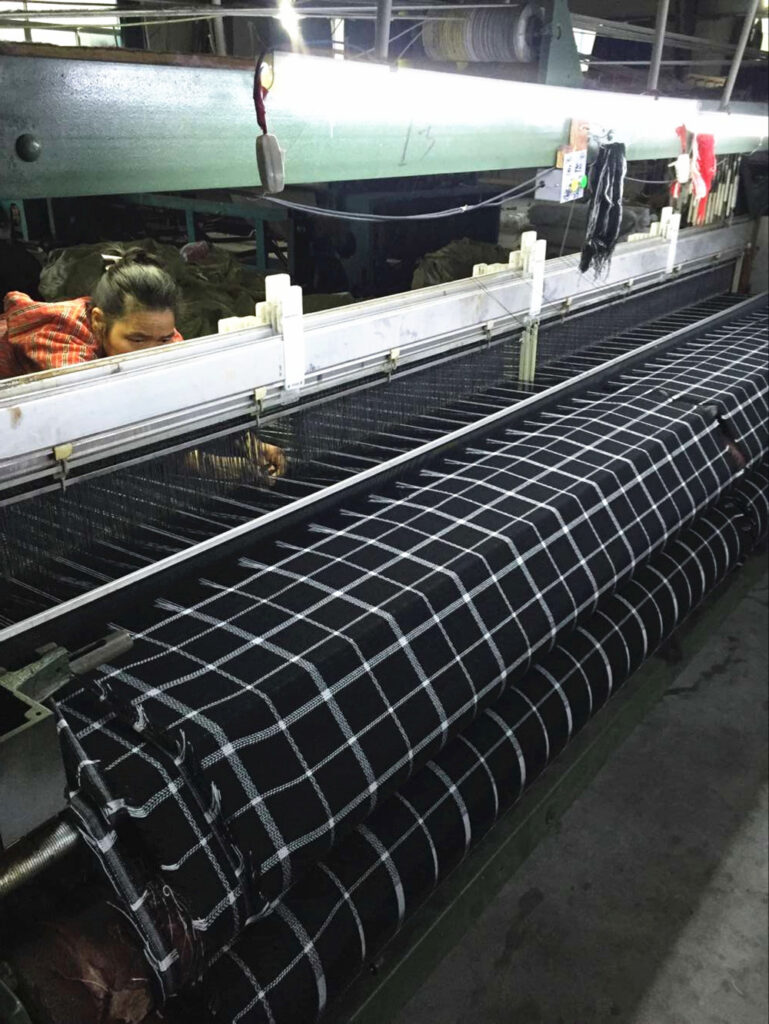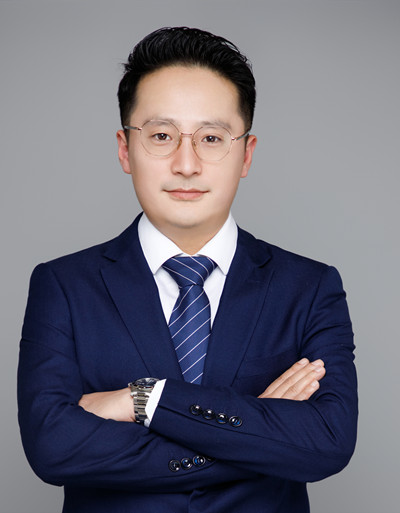The introduction of Knitting techniques applied in mass production of knitted fashion accessories.
In the industry of knitting fashion accessories, there are various kinds of knitting techniques and workmanship methods that contribute to the creation of unique and complicated products. These techniques play a significant role in determining the texture, pattern, and overall aesthetic of the accessories. Here are some common knitting techniques and workmanship approaches used in producing knitting fashion accessories of scarves, hats, shawls, gloves, etc.:
1. Flat knitting: Flat knitting involves knitting back and forth in rows, turning the work at the end of each row. It’s the most common knitting technique and can be done by hand or on knitting machines. It allows for the creation of pieces with shaping, patterns, and color changes. It’s versatile and adaptable to various styles.
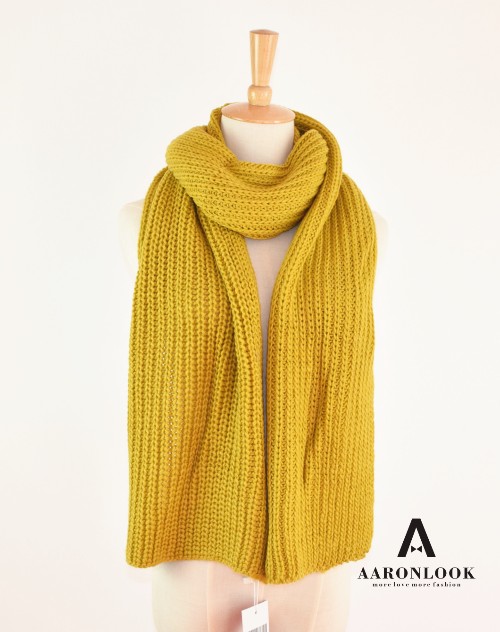
2. Warp Knitting: In warp knitting, each needle works with its own thread to create a row of loops. The fabric is created by interlocking these loops diagonally across the fabric width. It produces a stable and structured fabric that is less likely to unravel compared to other techniques. It’s often used for fabrics with stretch and recovery properties.
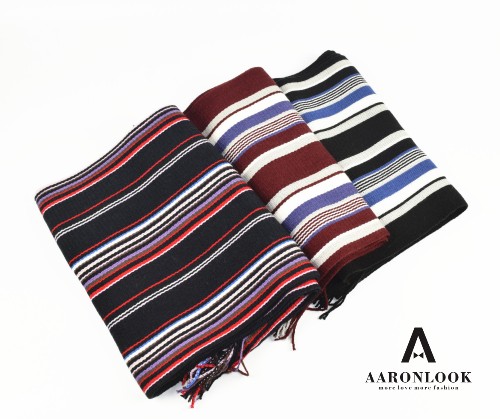
3. Circular Knitting: Circular knitting machines create seamless tubes of fabric. They are commonly used for producing hats, as well as continuous scarves and shawls. Circular knitting machines can also incorporate color changes and patterning.
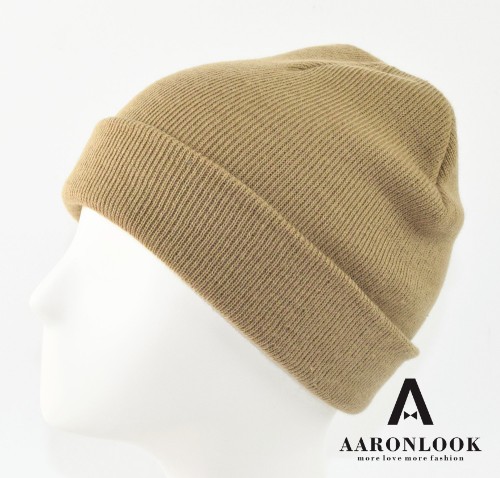
4.Jacquard Knitting: Jacquard knitting machines can create intricate patterns and designs by individually controlling many needles. This technique is often used for producing scarves and shawls with complex patterns and multiple colors.

5.Intarsia Knitting: Intarsia machines are used to create large, single motifs or blocks of color within a piece. This technique is commonly used for producing scarves and shawls with large, distinct patterns.
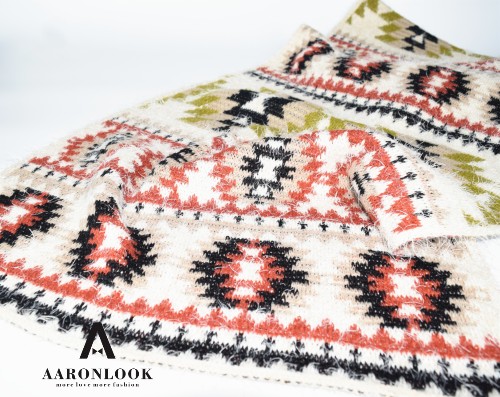
6.Weaving : It’s commonly known as textile technique where two sets of yarn, the warp (lengthwise threads) and weft (crosswise threads), are interlaced at right angles to create a woven fabric. This process is typically done on a weaving loom. Weaving produces fabrics with a grid-like pattern, and it is used to create materials like cotton, silk, and wool textiles. Woven scarves and shawls are made entirely through weaving.

7. Manual knitting: Manual knitting also called hand knitting or hand-crocheted knitting is a traditional hands-on technique for creating scarves, hats, and sweaters using knitting needles.

At present, except for manual knitting, the above-mentioned knitting techniques are all executed using automated knitting machinery for the mass production of knitted garments and accessories like scarves, hats. shawls, and more. These mainly include electronic flat knitting or weaving machines, automatic patterning machines, and computerized jacquard knitting machines.
On the other hand, these knitting techniques and workmanship methods can be combined, modified, and tailored to create an endless variety of knitting fashion accessories, from scarves and hats to shawls and more. The choice of technique often depends on the desired design, texture, and overall effect of the finished accessory.
Conclusion:
As technology continues to shape the landscape, we believe that the future of knitting techniques is vibrant and still evolving, continuously influenced by a lot of factors, including technological advancements, sustainability concerns, cultural shifts, and personalized demands.
.png)
